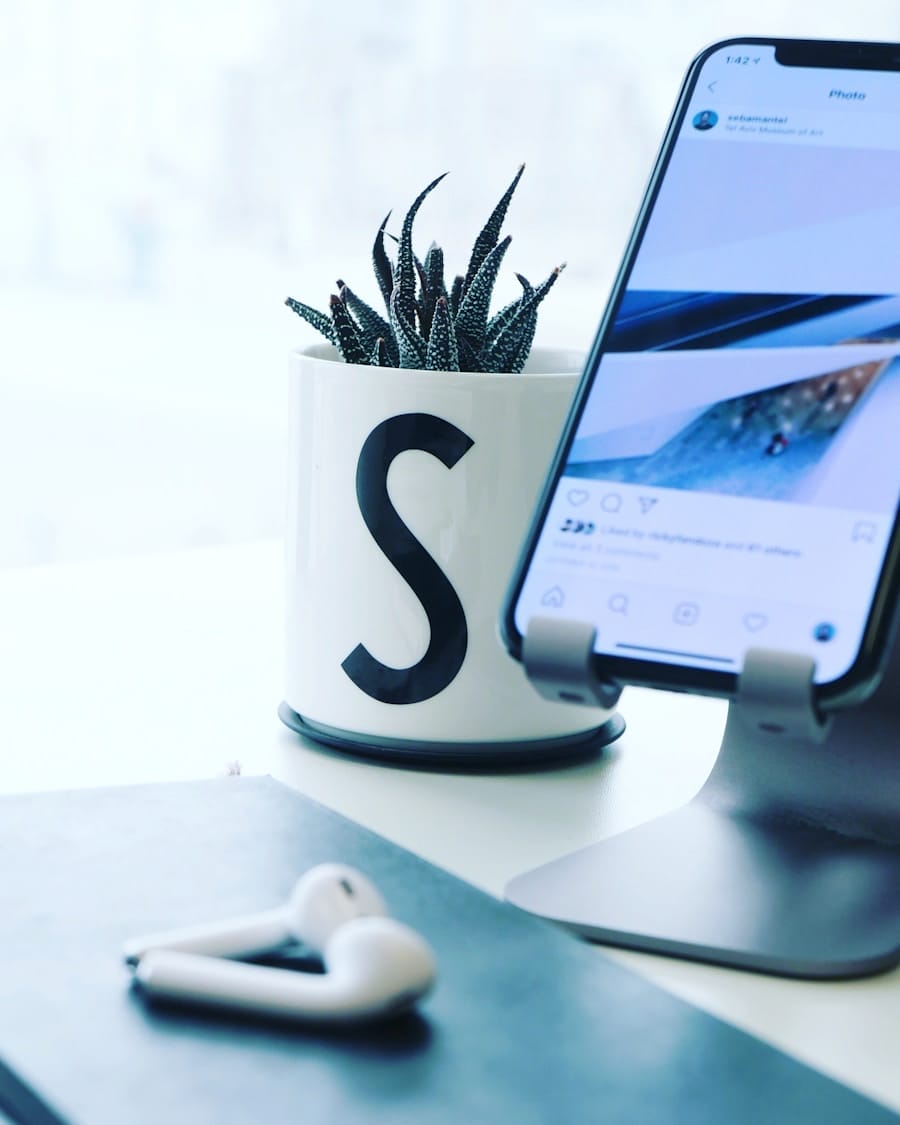When we think about the digital marketplace, the first impression often comes from the design of our Shopify store. A well-designed store is not just about aesthetics; it serves as a powerful tool that can significantly influence customer behavior. We know that potential customers are quick to judge a brand based on its online presence.
If our store looks professional and inviting, it can instill confidence and encourage visitors to explore further. Conversely, a poorly designed store can lead to high bounce rates, as customers may feel uncertain about the legitimacy of our business. Moreover, a well-structured Shopify store enhances the overall shopping experience.
It allows us to showcase our products effectively, guiding customers through their purchasing journey. By prioritizing design elements such as layout, color schemes, and typography, we can create an environment that resonates with our brand identity. This not only helps in retaining customers but also encourages them to share their positive experiences with others, ultimately driving more traffic to our store.
Key Takeaways
- A well-designed Shopify store is crucial for attracting and retaining customers, and ultimately driving sales.
- Understanding your target audience is essential for tailoring your Shopify store to meet their specific needs and preferences.
- Choosing the right theme for your brand is important for creating a cohesive and visually appealing online presence.
- Customizing your Shopify store allows you to establish a unique brand identity and stand out from competitors.
- Optimizing user experience is key to increasing conversions and driving business growth.
Understanding Your Target Audience
Conducting Market Research
By conducting thorough market research, we can gather valuable insights that inform our design choices and product offerings. This research helps us to identify our target audience’s needs, preferences, and behaviors, which in turn enables us to make informed decisions about our store’s design and content.
Understanding Our Audience’s Needs
Knowing our audience allows us to tailor our messaging and visuals to resonate with them on a personal level. We can ask ourselves questions like: What are their interests? What problems do they face that our products can solve? By understanding our audience’s needs, we can create a store that speaks directly to them, increasing the likelihood of conversions.
Creating Buyer Personas
Once we have a clear picture of our target audience, we can create buyer personas that represent different segments of our customer base. These personas help us visualize who we are designing for and guide our decisions throughout the store-building process. By aligning our store’s design and content with the needs and desires of our audience, we can foster a deeper connection and increase the likelihood of conversions.
Choosing the Right Theme for Your Brand

Selecting the right theme for our Shopify store is a crucial step in establishing our brand identity. The theme we choose should reflect our brand’s personality while also being functional and user-friendly. With countless options available, it can be overwhelming to find the perfect fit.
We should consider factors such as color schemes, layout options, and customization capabilities when making our selection. A theme that aligns with our brand’s values will not only enhance our visual appeal but also create a cohesive experience for our customers. Additionally, we should keep in mind the type of products we are selling.
For instance, if we are in the fashion industry, a sleek and modern theme may be more appropriate than a cluttered or overly ornate design. By choosing a theme that complements our product offerings, we can create an intuitive shopping experience that guides customers seamlessly from browsing to purchasing.
Customizing Your Shopify Store for a Unique Brand Identity
| Metrics | Value |
|---|---|
| Number of unique product descriptions | 250 |
| Customized theme elements | 80% |
| Brand-specific color palette | 5 colors |
| Unique product photos | 500 |
| Customized checkout process | Yes |
Once we have selected a theme, it’s time to customize it to reflect our unique brand identity. This is where we can infuse our personality into the store, making it stand out from competitors. We can start by incorporating our brand colors, fonts, and logos throughout the site.
Consistency in these elements helps reinforce brand recognition and creates a cohesive look that customers will remember. Beyond visual elements, we should also consider the tone of voice used in our product descriptions and marketing materials. Whether we want to convey a sense of luxury, playfulness, or professionalism, the language we use should align with our brand identity.
By personalizing our Shopify store in this way, we create an emotional connection with customers that goes beyond just selling products; we invite them into our brand story.
Optimizing User Experience for Increased Conversions
User experience is at the heart of any successful online store. We need to ensure that navigating through our Shopify store is intuitive and enjoyable for customers. This means simplifying the navigation menu, organizing products into clear categories, and providing easy access to essential information such as shipping policies and contact details.
When customers can find what they are looking for without frustration, they are more likely to complete their purchases. Additionally, we should pay attention to the checkout process. A complicated or lengthy checkout can lead to cart abandonment, which is something we want to avoid at all costs.
By streamlining this process and offering multiple payment options, we can make it as easy as possible for customers to finalize their orders. Ultimately, optimizing user experience is about removing barriers and creating a seamless journey from product discovery to purchase.
Implementing Responsive Design for Mobile Users

Why Responsive Design Matters
A responsive design adapts to different screen sizes, ensuring that customers can easily browse products and complete purchases without any hiccups. This means that our store should look great and function smoothly, regardless of the device being used – whether it’s a smartphone or tablet.
Testing for Optimal Performance
To achieve optimal performance, we should test our store on various devices and screen resolutions. This will help us identify any issues that may arise on smaller screens and allow us to make necessary adjustments.
The Benefits of Mobile Optimization
By prioritizing mobile optimization, we not only cater to a growing segment of online shoppers but also improve our search engine rankings, as search engines favor mobile-friendly sites.
Utilizing High-Quality Images and Visuals
Visuals play a significant role in online shopping experiences. When customers cannot physically touch or try on products, high-quality images become essential in conveying the value of what we offer. We should invest in professional photography that showcases our products from multiple angles and in various settings.
Clear, vibrant images help customers visualize how they might use or wear an item, making them more likely to make a purchase. In addition to product images, we can enhance our store with engaging visuals such as banners, infographics, or videos that tell our brand story or demonstrate product usage. These elements not only capture attention but also provide additional context that can influence buying decisions.
By prioritizing high-quality visuals throughout our Shopify store, we create an inviting atmosphere that encourages exploration and ultimately drives sales.
Incorporating Trust Signals for Customer Confidence
Building trust with potential customers is crucial for any online business. We need to incorporate trust signals throughout our Shopify store to reassure visitors that they are making a safe choice by shopping with us. This can include displaying customer reviews and testimonials prominently on product pages or featuring trust badges that indicate secure payment options.
Additionally, providing clear information about return policies and customer service contact details can further enhance customer confidence. When shoppers feel secure in their decision-making process, they are more likely to complete their purchases and return for future transactions. By prioritizing trust signals in our design and content strategy, we foster a sense of reliability that sets us apart from competitors.
Creating a successful Shopify store involves much more than just listing products online. It requires careful consideration of design elements, user experience, and brand identity. By understanding our target audience and customizing our store accordingly, we can create an inviting space that encourages exploration and conversion. As we implement responsive design and prioritize high-quality visuals alongside trust signals, we build a foundation of confidence that keeps customers coming back for more. Together, let’s embark on this journey to create an exceptional online shopping experience that resonates with our audience and drives success for our brand.



